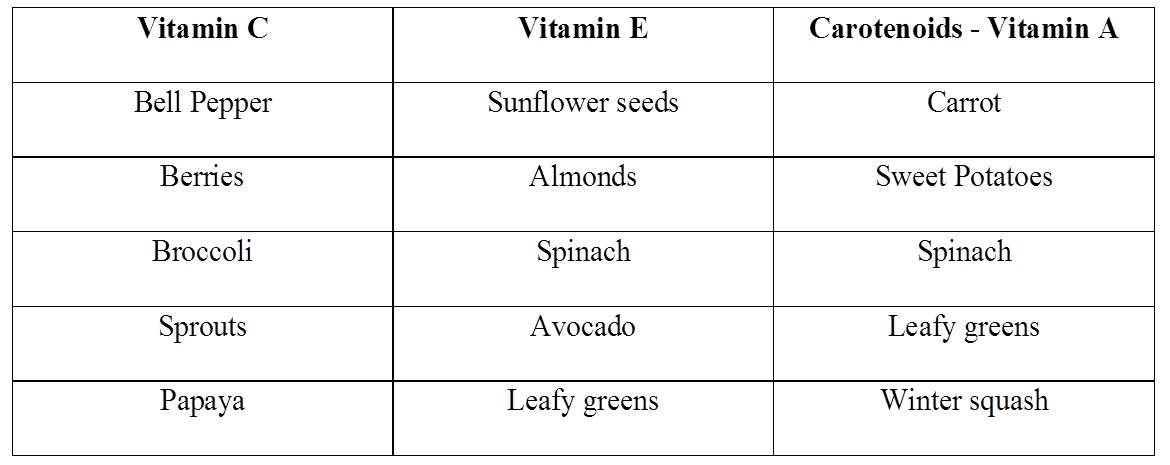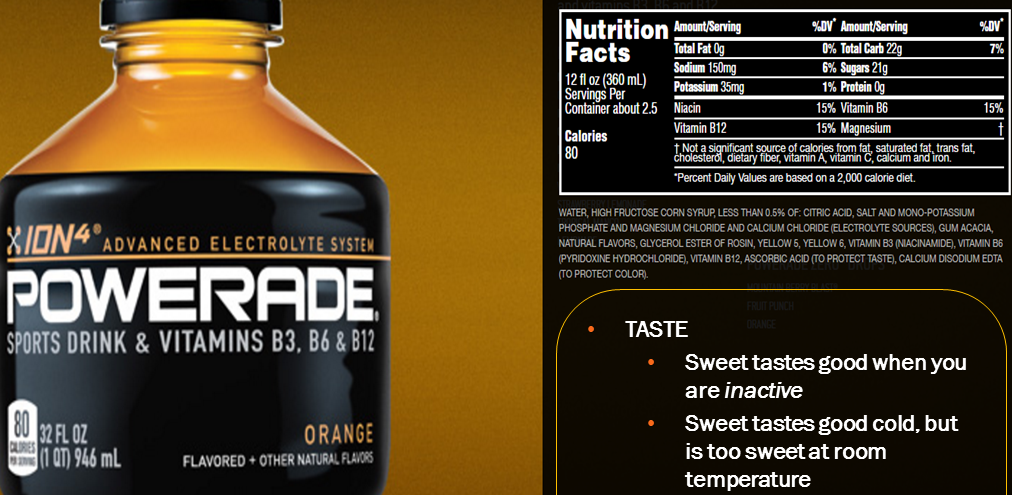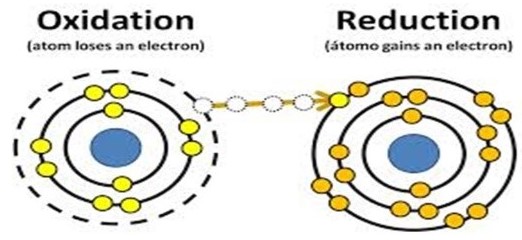Sports nutrition is usually the last thing we think of when we want to get outside and play! There are some key components to ensure you get the most out of your play time or workouts.
Dehydration
Dehydration is an internal stressor. Being 15 oz. dehydrated causes the release of the hormones cortisol (stress hormone) a nd aldosterone which helps regulate our blood pressure and sodium levels in the kidneys. When we are training and performing, our blood pumps faster, we breathe heavier and with each exhalation we lose fluid and some electrolytes: Sodium (Na), Potassium (K), Calcium (Ca), and Magnesium (Mg). Water is important to help regulate efficient distribution of oxygen, cellular renewal, and waste removal.
nd aldosterone which helps regulate our blood pressure and sodium levels in the kidneys. When we are training and performing, our blood pumps faster, we breathe heavier and with each exhalation we lose fluid and some electrolytes: Sodium (Na), Potassium (K), Calcium (Ca), and Magnesium (Mg). Water is important to help regulate efficient distribution of oxygen, cellular renewal, and waste removal.
Electrolytes are involved in some important processes as well:
- Magnesium: relaxes muscles
- Potassium: prevents muscle cramps/heart palpitations
- Sodium: maintains fluid balance/blood pressure
- Calcium: required for normal muscle function
It’s no wonder that those sports drinks companies are so popular! They provide electrolytes in their drinks. But, what else are they providing?The answer is sugar, lots and lots of sugar. There are many different types of sugar.
Structure of sugar
Monosaccharides are the simplest, most basic units of carbohydrates and are made up of only one sugar unit.
Disaccharides are a pair of linked sugar molecules. They are formed when two monosaccharides are joined together.
Glucose
Glucose is also called blood sugar, as it circulates in the blood.
Sucrose
Sucrose is commonly known as table sugar, and is obtained from sugar cane or sugar beets. Fruits and vegetables also naturally contain sucrose.
Fructose
Fructose is a sugar found naturally in many fruits and vegetables, and added to various beverages such as soda and fruit-flavored drinks…but is NOT the preferred energy source for muscles or the brain. Fructose is only metabolized in the liver so it does not cause insulin to be released or stimulate production of leptin to reduce/satisfy our appetite. As a result, it makes us gain weight and in high doses is very hard on the liver.
Dextrose
Dextrose is a simple sugar that is chemically identical to glucose, or blood sugar. It occurs in nature but is commonly manufactured from corn…likely GMO.
 Gatorade has changed their formula from High Fructose Corn Syrup to “sugar”, which upon further inquiry was learned to be a blend of sucrose and fructose + dextrose (highly processed). This is still higher in fructose because sucrose is already a blend of glucose and fructose! So they are giving us glucose + fructose + fructose + dextrose likely made from GMO corn. Yum.
Gatorade has changed their formula from High Fructose Corn Syrup to “sugar”, which upon further inquiry was learned to be a blend of sucrose and fructose + dextrose (highly processed). This is still higher in fructose because sucrose is already a blend of glucose and fructose! So they are giving us glucose + fructose + fructose + dextrose likely made from GMO corn. Yum.
Sports drink alternatives include coconut water as it contains naturally occurring sugar and supplies electrolytes. You can drink coconut water before, during and after a workout.
You can also try filtered water with lemon juice or infused with fruit, cucumber, herbs etc. for added flavor and some nutrients; this could be enjoyed throughout the day and before your workout.
Filtered water with lemon, sea salt, and maple syrup contains a similar electrolyte profile to coconut water. You could also try Nuun tablets that can be added to your filtered water. Both of these can be enjoyed during and after your workouts.
Increasing hydration though diet is as easy as eating more fruits and vegetables; they are high in water content and electrolytes to help you maintain optimal hydration. Smoothies are a great way to get more produce and hydration into your diet. (see recipes at end of article)
Avoid foods that dehydrate you like overcooked meats, gluten/grains, processed foods (high in sodium), and caffeine (soda, energy drinks). Health issues like diabetes can also contribute to dehydration.
How much water to drink? Monitor your urine color. It should be light yellow…not too dark, and you should be able to see at least a tiny bit of color. In general you should drink about ½ of your body weight in ounces each day. If you are more active you will need to replace additional fluids lost. It is also possible to drink too much water. You can healthily have clear urine, but for some this means they have something called water intoxication or hyponatremia. Basically you drink so much water that you wash out your electrolytes and have symptoms like mental changes, headache, nausea, vomiting, tiredness, muscle spasms, seizures, and heart palpitations.
Oxidative Stress
Oxidative stress is an imbalance between productions of oxidants and occurrence of cell antioxidant defenses. Endurance exercise produces reactive oxidant species (ROS) including free-radicals. Higher level of energy during exercise increases metabolic rate and need for O2 in muscles. Cells will steal missing electron or can be donated by antioxidants.
Vitamins C, E, A, Glutathione, CoQ10 and ALA are important antioxidants.
Adrenal Fatigue can result from too frequent or strenuous of workouts so it is important to ensure you are not overdoing it. Listen to your body; you should feel energized and good after a workout, not exhausted and unable to complete your day.
Recovery diet?
While exercising your body uses stored energy from muscles and the liver called glycogen and this must be replaced. Doing this will support the adrenal glands because they help release that energy from the muscles and liver.
You have 15-45 minutes after a workout to jumpstart the recovery process. Blood flow is strong clearing lactic acid, metabolic waste and supplying nutrients to cells for repair and growth. Digestion requires a large amount of blood in the stomach/intestinal tract, so easily digestible carbs are best for immediate recovery. This is a good time for a smoothie or the Energy pudding at the end of this article.
Alkalizing foods like produce will help to counter the lactic acid build up from exertion, general stress and acid forming foods. An increased metabolism leads to a lower pH; 7 is neutral, 6 and below is acidic while 8 and above is alkaline.
Intensity of Workout
If you are in training for a specific event or are just an over-achiever (just kidding!), you will need to pay more strict attention to how you fuel yourself before and after your workouts.
- Level One
- High intensity, shorter time; activity lasting one hour or less
- Examples: Cross-Fit, 3-6 mile run; game of basketball, etc.
- High intensity, shorter time; activity lasting one hour or less
- Level Two
- Moderate intensity, moderate time; activity lasting between 1-3 hrs.
- Examples: Half-marathon, marathon, Olympic distance triathlon, intense cycling, power hiking; activities involving more sustained output but less intense than level 1
- Moderate intensity, moderate time; activity lasting between 1-3 hrs.
- Level Three
- Lower intensity, longer time; activity lasting more than 3 hrs.
- Examples: Half Ironman, Ironman, bike ride, hike, long walk, days spent on your feet in everyday activity
- Lower intensity, longer time; activity lasting more than 3 hrs.
Pre-Exercise Snacks
- Level One
- Fuel up on simple carbohydrates, like fruit.
- Dates + banana
- Coconut oil = MCT
- Level Two
- Alkaline protein like hemp and ground flax seeds
- Energy pudding (see recipe at end of article)
- Combines fat with protein in easily digestible forms to extend energy levels
- Level Three
- Train your body to rely on fat stores rather than glycogen by training at low intensity
- 3:1:1…Carbs:Protein:Fat
Recovery Meal
- Contains carbohydrates, protein, fats, fiber and vitamin & minerals
- Eat about 1 hour after recovery fuel (smoothie or pudding)
- our body and adrenals still need support to ensure you don’t experience inflammation (oxidation), reduced energy levels later and inability to repair/rebuild tissue due to lack of nutrients
- Example:
- Sweet potato (easily digestible carbs)
- Egg (easily digestible protein, fat and cholesterol to replace stress hormones)
- Side salad with bell peppers, tomato, sprouts for vitamin C
- Example:
~Jen Granlund CNTP~


